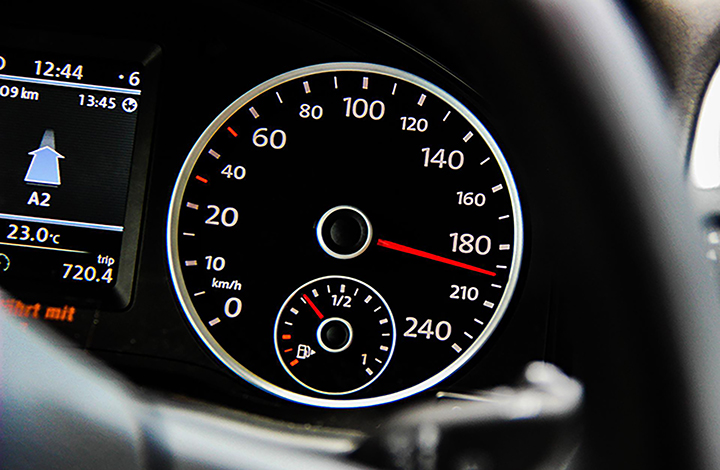May 2, 2022
Wi-Fi Interference

Most Internet users enjoy the many benefits of having a wireless connection. It enables you to move freely around the house with your devices and even enjoy the shady areas outside the home. Sometimes though, the connection seems slow. Clicking on a link appears to take several extra seconds, and streaming sometimes stutters out. This can get frustrating, especially when you are just trying to relax.
While devices connected with wireless Internet will not typically be as fast as the same device when it is hardwired, the overall experience should be similar. Of course, this is under perfect conditions. Various types of wireless interference can cause your Wi-Fi speeds to be up to 50% slower than expected compared to having the same device hardwired. This interference can come from various sources, including microwave ovens, cordless phones, and even the materials the house is built from, such as concrete and metal. Even mirrors can cause problems. Many times, it is difficult to determine the exact source of interference.
Troubleshooting Interference
To help troubleshoot Wi-Fi, you can try to hardwire your computer to the router. Of course, this only works if you have an ethernet port. These days it seems like many desktop and laptop computers don’t have them built-in, so that is not an option for many people. If you have a new ITC router and the Blast Wi-Fi service with app, you can run a speed test directly from the router. This is beneficial because it will give you a true test of speed as it comes into the house. If the speed is significantly below your subscribed speed, the next step is to figure out what is using the bandwidth. If you own your router, check your documentation to see if it includes this handy feature.
To help figure out what is using your bandwidth, you can try turning off your various devices one by one and then doing a new test after each. Once you figure out the device that is the culprit, you can check the software that is running on it. A common culprit is backup software, which can often be scheduled to work at a different time.
If the speed test from the router shows the speed is good, then the usual offender is interference. To troubleshoot interference, try moving your device to a different spot. Even a couple of feet can sometimes make a huge difference. Another thing to try is to temporarily power off and even unplug various devices in your home. Any electrical device has the potential to create interference.
Older devices were designed around older protocols. Older devices may struggle to transmit at faster speeds, especially older than 2016. Not only that, but older devices tend to slow down the entire wireless connection because of how they were originally designed. Disconnecting an older wireless device may be all it takes to significantly speed up your home network.
Troubleshooting slow Wi-Fi can take time, and often the culprit isn’t the first thing checked. If you have ITC’s Blast Wi-Fi service, you can use it to help find network hogs in your home.